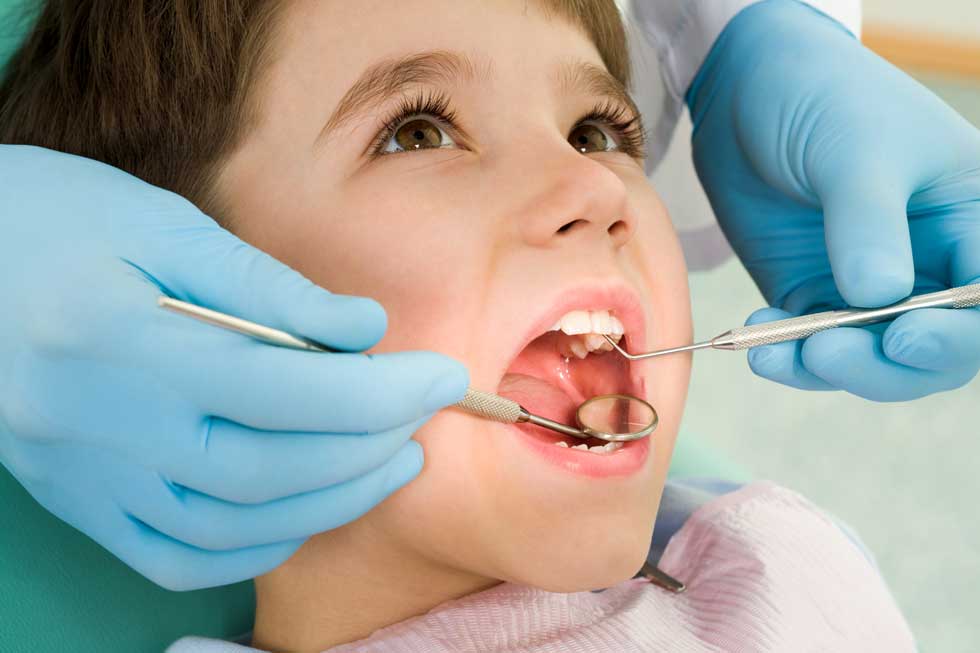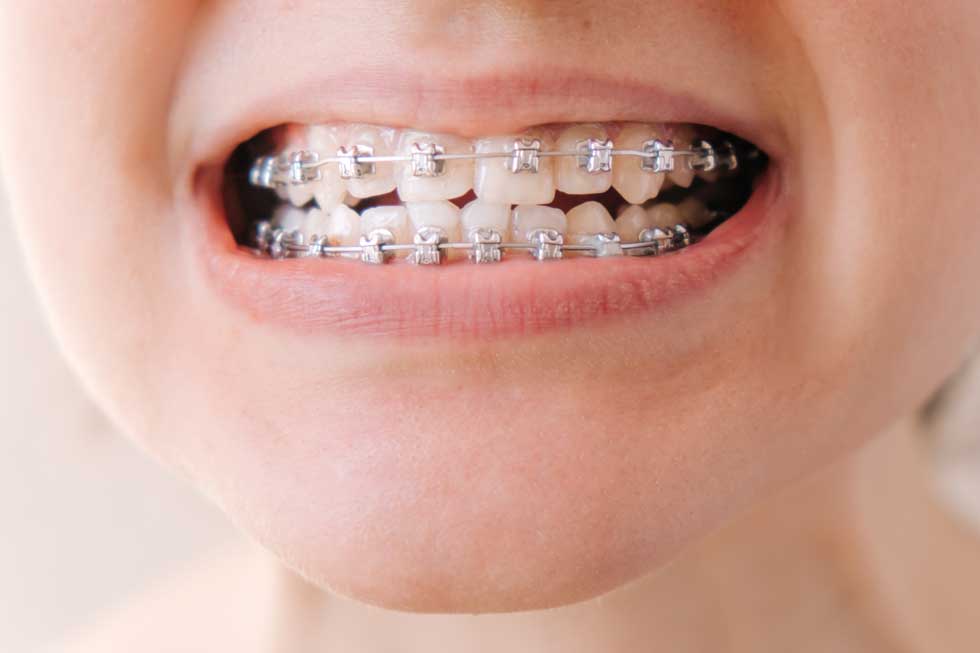Early Intervention
When should my Child see an Orthodontist?
The Canadian Association of Orthodontists recommends all children see an Orthodontist by age 7. At this age, the permanent first molars have usually erupted and the permanent incisors are beginning to erupt. Underlying orthodontic issues can often be identified at this age.
What is Early Treatment?
Early treatment, or preventative treatment, aims to utilize the growth potential of younger children (typically ages 7-11) in order to correct or intercept underlying orthodontic and orthopedic issues. The ultimate goal of early treatment is to prevent more serious problems from developing and making any future treatment simpler and shorter.
The majority of orthodontic problems, such as crowding, too much space between teeth, protruding upper teeth, extra or missing teeth, and jaw growth problems may be inherited. Some other problems develop over time when children suck their thumbs or fingers, breathe through their mouths, or have poor dental hygiene, poor nutrition, or other problems.
Dentofacial Orthopedics
Dentofacial Orthopedics is a branch of orthodontic treatment that focuses on guiding the growth of the jaws in growing children. The goal is to achieve facial harmony with properly positioned jaws in relation to surrounding soft tissues.
This type of treatment may be done in combination with conventional braces or by itself. Common appliances include palatal expanders and functional appliances to direct jaw growth in a more favorable direction.
Does my Child Require Early Intervention?
Every child is unique and a thorough evaluation by an Orthodontist is required to develop a customized treatment plan. Many children will not require early treatment and can simply be monitored during their growth and development. For others, early treatment can be a critical part of their long term treatment plan.
Signs the Bite’s Not Right: Some orthodontic problems are easy to identify while others are less obvious. Sometimes a child may have perfectly straight teeth but still have a malocclusion (bad bite). Here are some clues that may indicate the need for orthodontic attention
- Early or late loss of baby teeth
- Difficulty in chewing
- Pain caused by biting the cheek or biting into the roof of the mouth
- Mouth breathing
- Thumb-sucking or tongue thrusting
- Crowded or blocked-out teeth
- Jaws that appear too far forward or back
- Protruding teeth
- Upper and lower teeth that don’t meet, or meet in an abnormal way
- An unbalanced facial appearance
- Grinding or clenching of the teeth
Advantages of Early Treatment
- Ability to guide the growth of the jaws in growing children
- Easier expansion of jaws if required
- Improved self-esteem during key developmental years
- Correction of harmful habits (thumb sucking, mouth breathing, tongue thrusting)
- Improved speech if affected by tooth or jaw position
- Possible airway improvement
- Possible avoidance of more invasive treatments in the future (dental extractions, jaw surgery)


